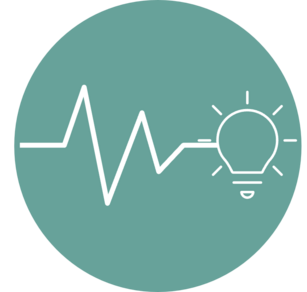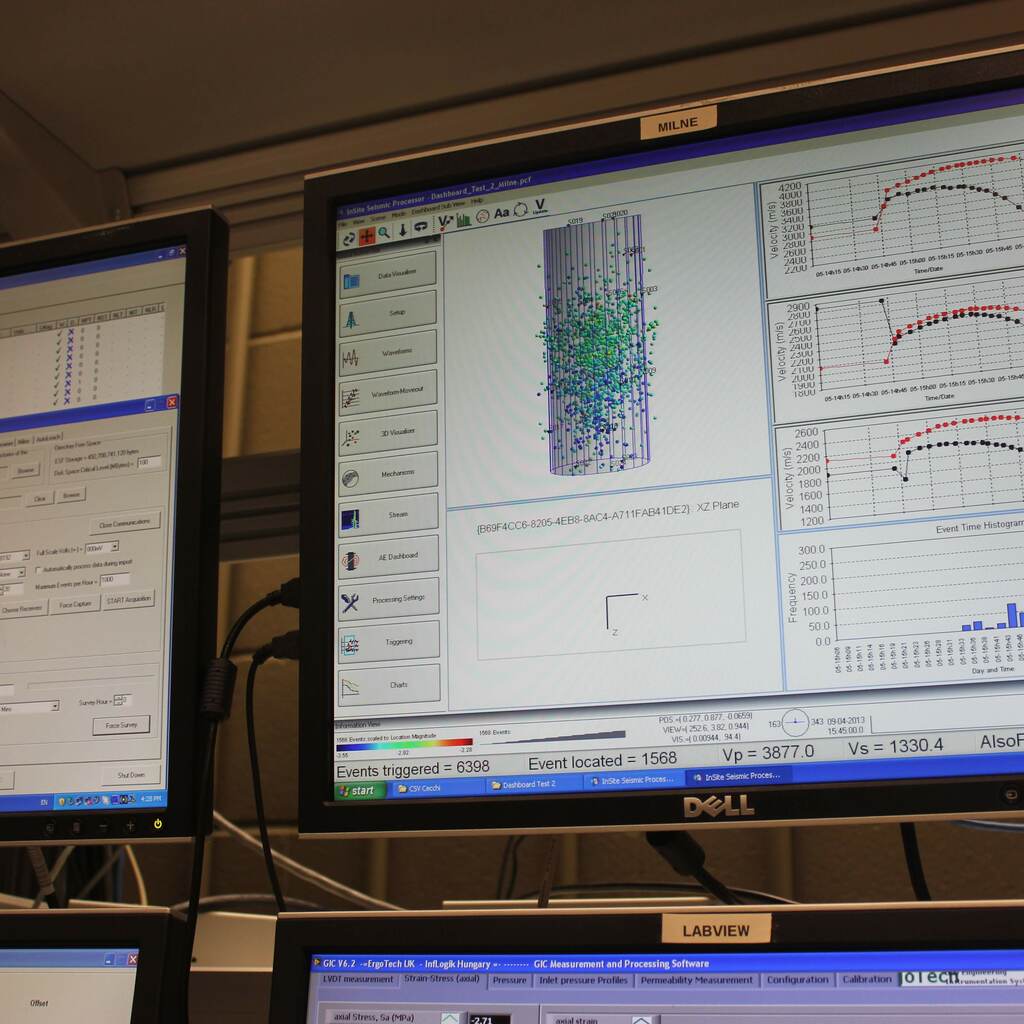

Acoustic and seismic data streams contain a wealth of information about the source and the medium through which they travel. The analysis of the stream can be used for multiple imaging and source characterisation applications . Similarly pre-processed seismic catalogues can be further analysed to extract information beyond the standard location and timing of events. The analysis of seismic parameters and spatial and temporal patterns in the seismic cloud can reveal crucial information for a better understanding of the source, including fracturing processes and the evolution of the seismogenic zone. We assist our clients in order to maximise the information from their acoustic and seismic monitoring projects and provide an in-depth image of the source and medium:
Software solution integrating detection, processing, analysis and management of seismic and acoustic data.
Hardware systems for acquisition of Acoustic Emission and Ultrasonic survey data.
Training and online courses.